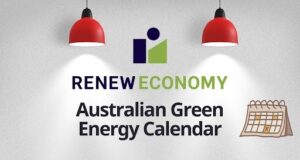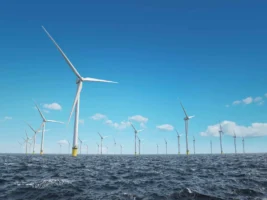Queensland electricity consumers are often reminded of the so-called “huge” cost of subsidies for rooftop solar and other renewable energy sources.
But the biggest subsidy of all is not one that is visible on the electricity bill. In fact, it represents just one line in the state budget – $561 million to deliver centralised, fossil fuel generation to centres outside the heavily populated south-east corner of the state.

The size of the subsidy is not new, but it does warrant highlighting. Because for more than half a billion dollars a year, there is huge potential to tap in and build new technologies, such as solar, wind, battery storage and micro-grids.
The subsidy has various names such as the equalisation, or the Uniform Tariff Policy, of the consumer service obligation. But it effectively delivers a subsidy of around $800 a customer to regional areas.
In some remote parts of the state still attached to the grid, the subsidy may be two or three times the bill paid. And it won’t get smaller, because it is forecast to grow to $573 million, to $629 million and then to $661 million in the next three financial years.
“We’ve committed $561.2 million to subsidise regional Queensland electricity prices, to ensure that customers across regional Queensland pay a similar amount for their electricity to those in South East Queensland,” energy minister Mark Bailey said in a release last week accompanying the budget papers.
“These subsidies are important to households in regional Queensland because the Palaszczuk government knows the importance of ensuring a family in areas including Townsville, Cairns and Mount Isa and in other rural and regional communities pay a similar amount for their electricity than a household in Brisbane.”
Western Australia has a similar subsidy, also running at more than $500 million a year, although that benefits consumers in the main metropolitan regions who still do not pay the real cost of power supplied by the grid and dominated by fossil fuel generation.
WA, has however, implemented a series of reforms designed to repeal explicit fossil fuel subsidies, and to redesign the grid to accommodate more distributed generation.
This includes encouraging solar and battery storage, which its energy minister Mike Nahan says is the future of energy, and the network operator considering a future of micro-grids and “thin” connections to reduce the onerous cost of transporting electricity from a central source to customers hundreds of kilometres away.
Networks in South Australia and even Queensland’s Ergon Energy have a similar view, recognising that servicing remote and regional towns with local generation would reduce costs significantly.
Progress, however, is painfully slow, particularly due to the host of regulations and revenue prescriptions that appear to encourage networks to build more poles and wires rather than opt for cheaper and more efficient alternatives such as solar and storage.
And the awkward question remains for Queensland – why isn’t the government working quickly to reduce the size of the subsidies by encouraging more distributed generation?
Part of the reason may be that it remains the owner of the electricity assets – both the network operators, and the main coal and gas generators. Labor has a target of 50 per cent renewable energy by 2030, and is already seeking to fast-track the construction of at least three large-scale solar farms, but until it can tackle the big cross subsidy to regional consumers, it has barely scratched the surface of what is possible.










